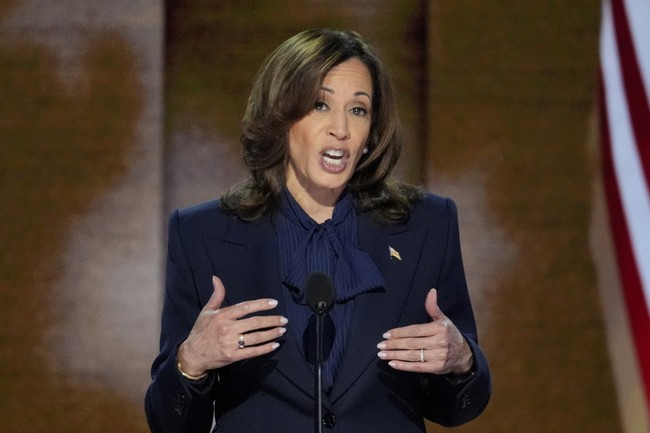The Global Surge of Gold: Analyzing Investment Trends
With gold prices reaching all-time highs, investors globally grapple with uncertainties. Dive into the dynamics driving these trends from consumer behaviors to economic factors.
Published April 01, 2025 - 00:04am

Image recovered from app.myzaker.com
Gold has captured the spotlight internationally with its meteoric rise in price, creating waves across financial markets. The allure of gold as a safe-haven asset has become particularly pronounced as uncertainties mount globally due to various economic and geopolitical factors.
Articles originating from different parts of the world illuminate the multifaceted reasons behind this gold rush. From East Asia, reports discuss how investors in China are increasingly utilizing loans for gold investments rather than traditional bank deposits. This reflects a broader trend where individuals seek to preserve wealth amid volatile markets.
Meanwhile, tensions attributed to U.S. President Donald Trump's trade policies have further fueled gold's appeal. These policies, including fluctuating tariffs and potential trade wars, have introduced significant volatility, inspiring investors to turn to gold. Media sources from North America, such as the coverage in the United States, highlight how trade-related anxieties and economic policy uncertainties are causing a surge in gold purchases.
Central bank actions have also significantly influenced the market. Many central banks, notably in countries like China and Russia, have persistently increased their gold reserves, aligning with a strategic shift to de-dollarize amidst geopolitical conflicts. This has led to predictions of sustained or even increased demand for gold from these institutions.
Simultaneously, economic analyst reports point out the role of monetary policy in gold's escalating price. As central banks, particularly the U.S. Federal Reserve, hint at potential interest rate adjustments, the implications for gold investments are considerable. A lower interest rate environment tends to benefit non-yielding assets like gold, which is corroborated by current trends in exchange-traded funds (ETF) that are based on gold.
Despite the attractive narrative around gold, market analysts caution against uninhibited optimism. The volatile nature of gold prices, alongside the significant use of leveraged investments, particularly through consumer loans, introduces risks. Banking institutions in various regions have issued warnings to potential investors, urging caution and proper risk assessment when venturing into the gold market.
This moment in the history of gold pricing represents a convergence of individual financial strategies, central bank policies, and global economic developments. While the prospects of gold continue to intrigue, the wisdom of diversification remains paramount in mitigating potential future uncertainties associated with this precious metal.







